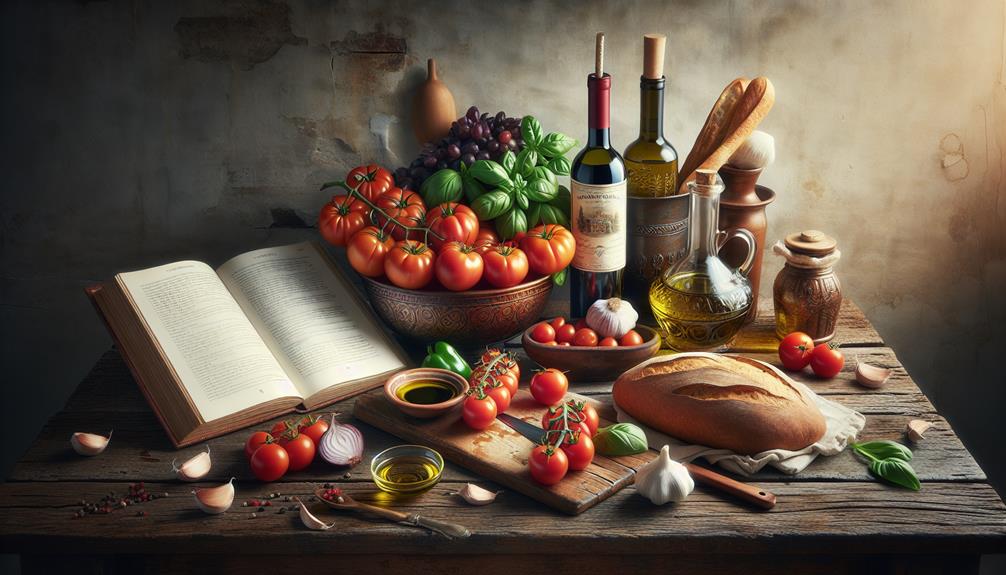Event Videography Essentials: Capturing Unforgettable Moments
Event videography is a specialised field of video production that captures the essence and atmosphere of special occasions, turning fleeting moments into lasting memories. Professional videographers are tasked with recording various events – from jubilant celebrations like weddings and birthday parties to formal corporate conferences and seminars. Their role is critical in preserving the nuances of the event’s ambience, ensuring that the emotions and energy of the day can be revisited for years to come.

A videographer’s approach to documenting an event centres around storytelling, a process that requires a keen eye for detail and a deep understanding of visual composition. The goal is to weave a narrative that reflects the event’s purpose, showcases its most impactful moments, and resonates with the intended audience. Whether it’s capturing the joy of a couple’s first dance or the intensity of a keynote speaker’s presentation, event videography is about creating a cohesive and compelling video that embodies the event’s unique character.
To achieve this, videographers employ a variety of techniques ranging from aerial shots for grandeur to close-ups for emotional impact, all while working with a vision that aligns with the client’s expectations. They blend creativity with technical proficiency to produce high-quality footage that serves not only as a record but also as a piece of art. The professional touch provided by these videographers is essential in turning an ordinary event video into an extraordinary cinematic experience.
Practical Aspects of Event Videography

In event videography, success hinges on a thorough grasp of gear and technology, coupled with the skillful capture of footage. A mastery of both technical and artistic elements is essential.
Understanding Equipment and Technology
Equipment selection is crucial in event videography. A professional videographer must have:
- Cameras: Multiple devices cater to different shooting conditions. A fast lens is advantageous in low light.
- Microphones: Invest in quality to ensure clear audio, considering both on-camera and external options.
- Lighting: Adequate lighting kits are needed to handle various indoor and outdoor scenarios.
- Stabilisation devices: Tripods and gimbals maintain steady shots.
- Accessories: Multiple batteries and memory cards are necessary for uninterrupted shooting.
Technical expertise is exemplified by the correct manipulation of camera settings to achieve the desired aesthetic, entailing:
| Camera Setting | Description |
|---|---|
| White Balance | Matched to the lighting environment |
| Exposure | Adjusted to prevent blown-out highlights |
| Frame Rate | Selected according to the action’s speed |
| Aperture | Controlled for depth of field considerations |
Perfecting the Art of Filming
Filming techniques are as important as equipment. Considerations include:
Composition and Framing: Understanding the rules of thirds, leading lines, and headroom are fundamental in creating engaging shots.
Shot List: A detailed plan outlining every required shot — from the main event to B-roll for context.
Movement: Executing smooth camera motions, judiciously utilising angles and perspective.
B-roll and Drones: Capturing extra footage and aerial perspectives to enrich the narrative.
Audio: Prioritising the importance of audio is paramount; it can involve employing lapel mics or directional boom mics to capture clear sound.
Post-Production: Colour grading and audio mixing are the final steps in ensuring a polished final product. Techniques vary but all aim to enhance the visual appeal and clarity of the footage.
Event Videography Execution

Executing event videography involves meticulous organisation and skilled post-production work. Videographers must apply their expertise to capture the essence of the events and craft an engaging narrative. Visual storytelling not only enhances brand visibility but also aids in preserving personal memories.
Pre-Event Planning and Coordination
Before the camera starts rolling, an experienced event videographer engages in comprehensive planning. They will coordinate with the event planners to comprehend the schedule and establish a shooting plan. A detailed shot list is crucial for corporate events like conferences to ensure key moments are captured. Communication with the venue managers is vital to map out the location and identify optimal filming spots. For a music festival, understanding the layout offers a strategic advantage when capturing dynamic performances. The videographer also prepares interviews and headshots, coordinating these with the interviewees’ availability.
https://ro-bust.co.za/videography/
